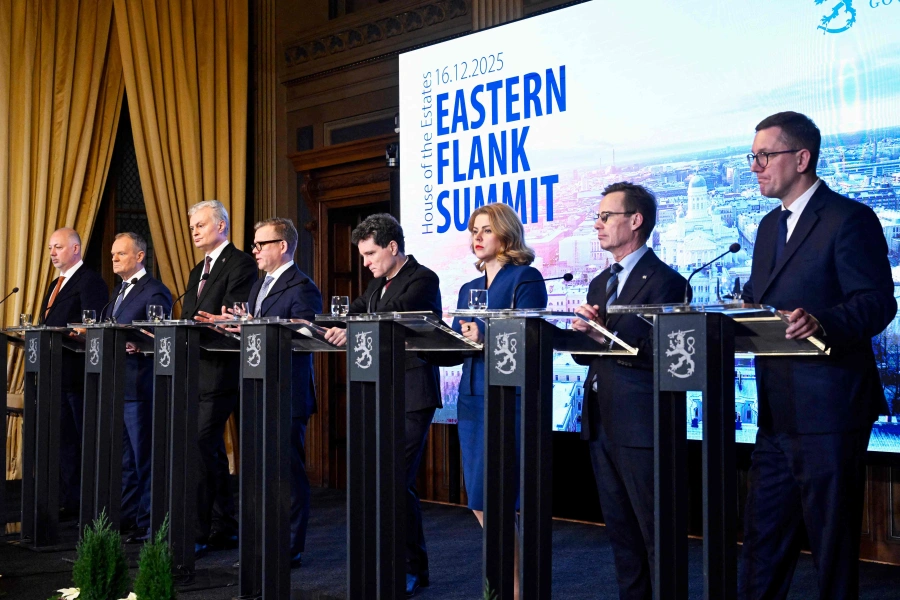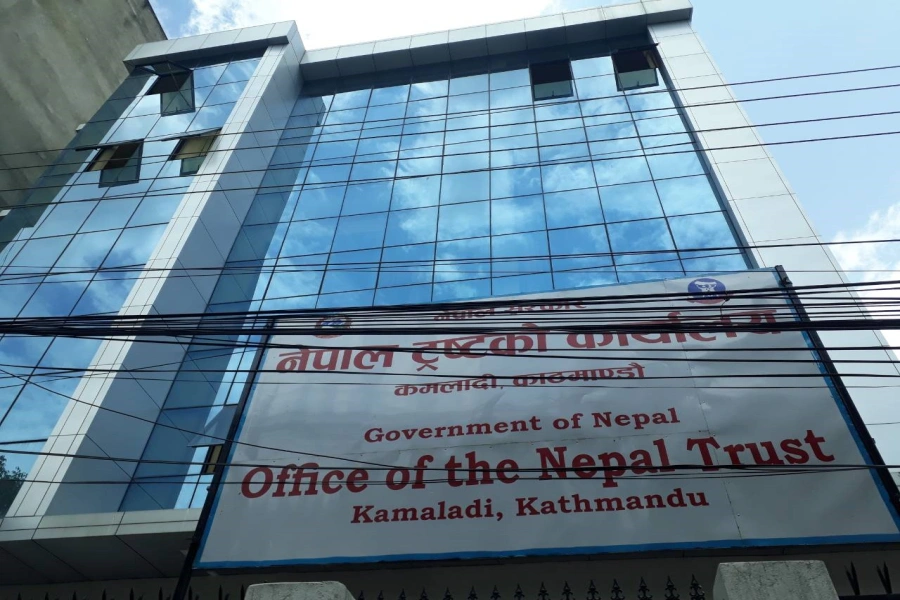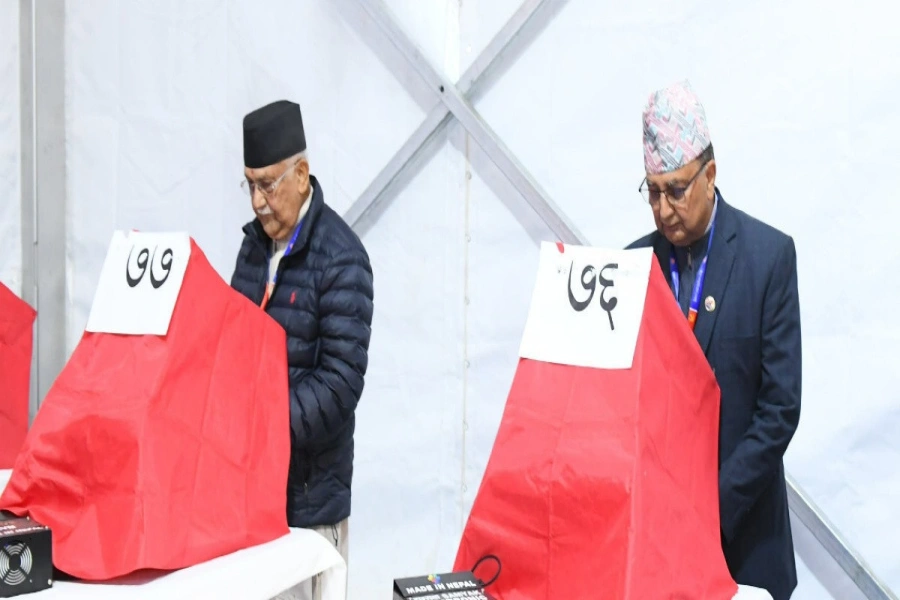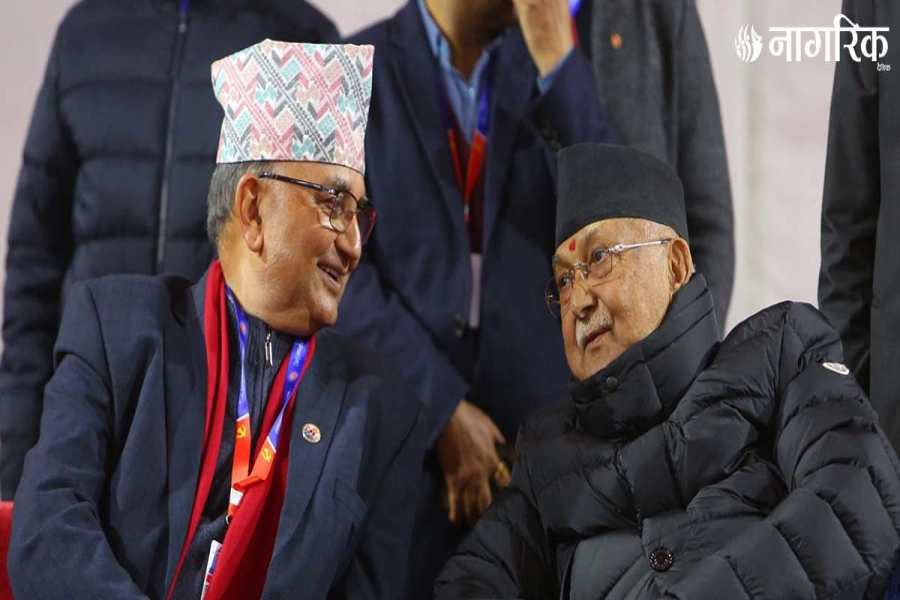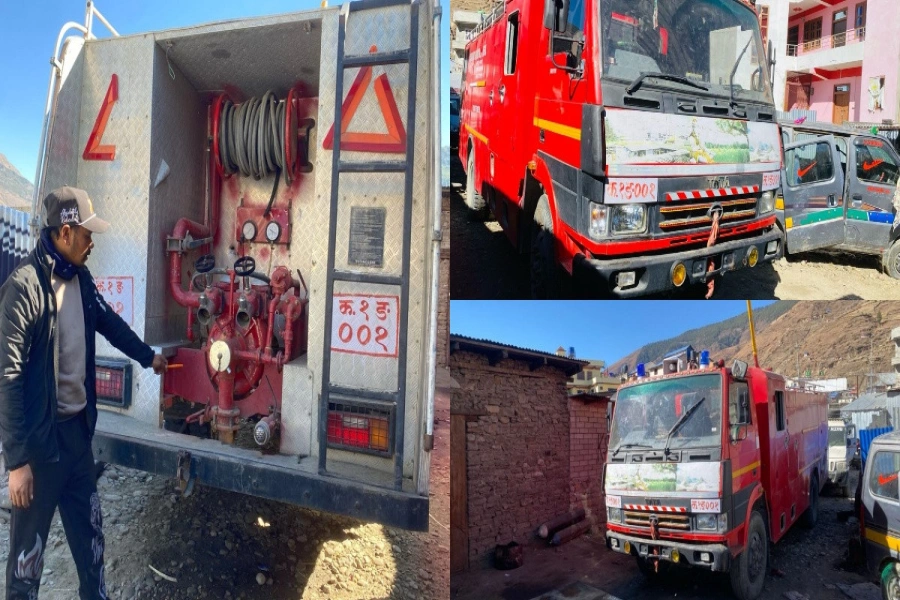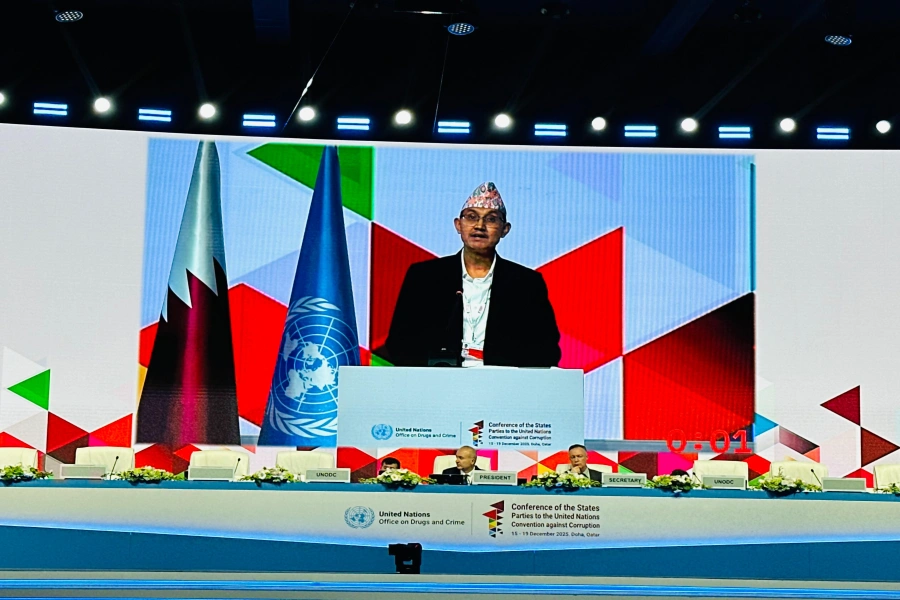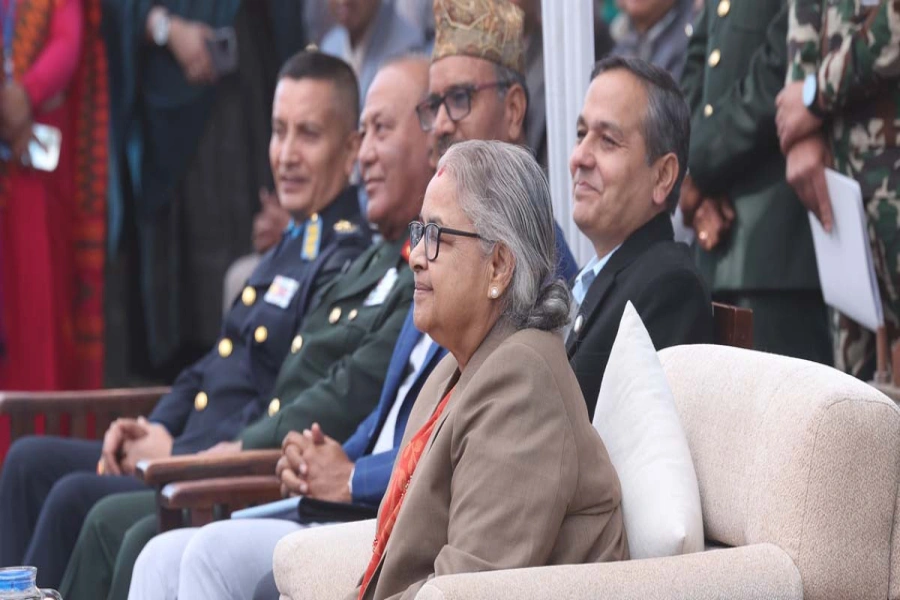Majority of marginalized children and children with disabilities remain excluded
The most commonly spoken terms in the development spectrum today are ‘inclusion’ and ‘inclusiveness’ perhaps because Nepal is greatly diverse—ecologically, culturally, socially, linguistically and religiously. In that sense, Nepal can be taken as one of the universities for the study of sociology and anthropology in terms of understanding social cohesion, inclusion and inclusiveness.
The 2015 Constitution guarantees the rights of each individual including affirmative rights of differently-abled people to basic service delivery and proportional representation in state institutions. Nepal has made a significant progress in terms of representation of women, dalit and marginalized people in local levels, provincial assemblies and federal parliament. However, political parties and policy makers have not been able to deliver and fulfill their promises as per the expectation of people.
My focus in this article will be on inclusive education for children with disabilities. According to Flash Report (2018) Nepal achieved almost 97.2 percent of net enrollment target of children between five and nine years old. This is a huge achievement. But statistic shows that still three percent children are left out of schools. We have not been able to include those in dire need of inclusion into the system.
Left behind
Himalaya Airlines to fly with AEDs onboard

Children who are most marginalized and who are living in extremely challenging geography, children of Dalit families and children with disabilities have been left behind. Majority of these children are excluded from educational enrollment. It is estimated that almost 70 percent children with disability are out of school. In most cases, they are denied admission in schools which is against the UN Convention on the Rights of the Child (UNCRC) principle of ‘Leaving No One Behind and Zeroing the Target’ of the Sustainable Development Goals 2030.
The Disability Rights Act (2017) classifies disability into 10 types but there is no national evidence to ascertain exact number of children with disabilities. Besides, schools and stakeholders are not ready to welcome and fulfill their duties in providing services to these children.
Inaccessible mountainous and hilly terrains add to the challenges and vulnerabilities of this group. For example, a child with physical disability such as complete spinal cord injury whose mobility could be enhanced with the use of wheelchair, is deprived of it because of many reasons: there are no wheelchair friendly roads, or no roads at all, schools are far away from their homes, and infrastructures are not disable-friendly. Majority of physical infrastructures—public and private alike—are full of barriers because of inaccessibility, not only for children with disability but also for senior citizens. These barriers discourage children from going to school.
What can be done?
Teachers need to be equipped with methodologies and skills required to educate children with disabilities. They need to be trained on diverse communication methods to meet children’s diverse needs—communicating in sign language with children, using Braille books to educate visually impaired and specific teaching practices to meet the needs of children who lip read their teachers to learn.
We need to change the classroom set up as well. If there is a child in a wheelchair, s/he should be given a space in one of the corners of the front row. Children with low vision or hearing must be placed in the first row so that they can see what is written on the board and hear teachers or lip-read.
Teaching through computer or by using screens is one of the commonest ways to meet individual needs of the children internationally. This method may be used for distance and home-based education setting. Technology could be a blessing to educate children with disability. If a child with cerebral palsy (CP) needs a special chair for better positioning to participate in classroom, this has to be made available.
Education should not be limited to the classroom. More awareness needs to be raised regarding special schools; resource centers and home-based educational setting for the children whose schools are far from their homes. The physical infrastructure must be reasonably accommodated to enhance education participation. Toilets must be made accessible to cater to diverse disabilities so that sanitation and hygiene is maintained.
Our assessment process keeps all children with diverse skills and ability in one basket. It fails to consider individual potential or competencies. Children’s education has to be based on their individual potential and their choice of areas of interests. School text books need to be developed or upgraded as per the evolving capacities of children with disabilities. These materials have to be interesting, child-friendly, disable- friendly, pictorial, colorful and joyful. Inclusive education must translate in the situation whereby all children actively participate, work together, know each other and help each other. Let’s break down all the existing barriers and create a journey to celebrate diversity.
The author is Executive Director of Karuna Foundation Nepal
deesapkota@karunafoundation.com





